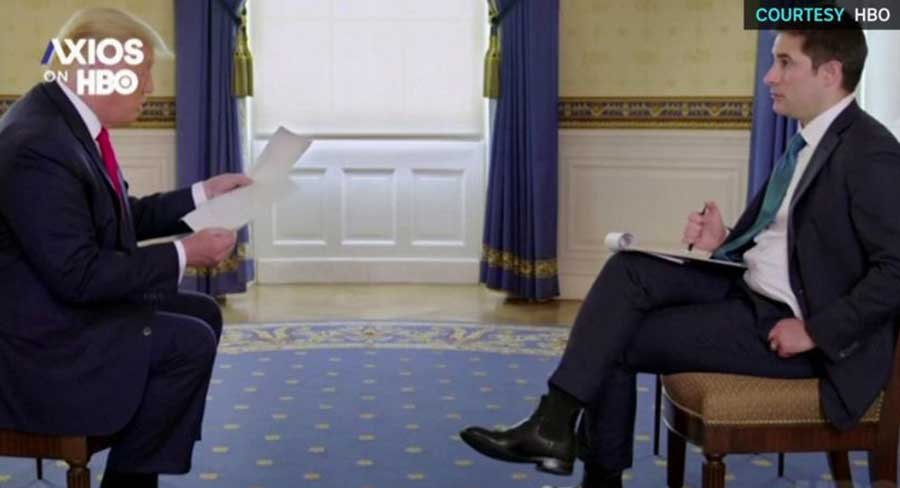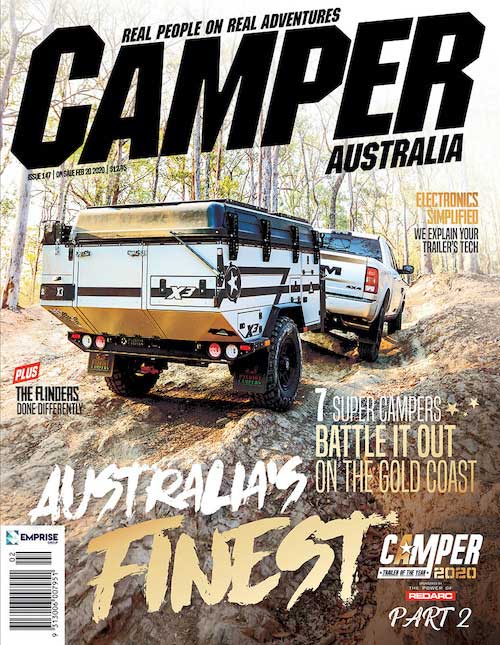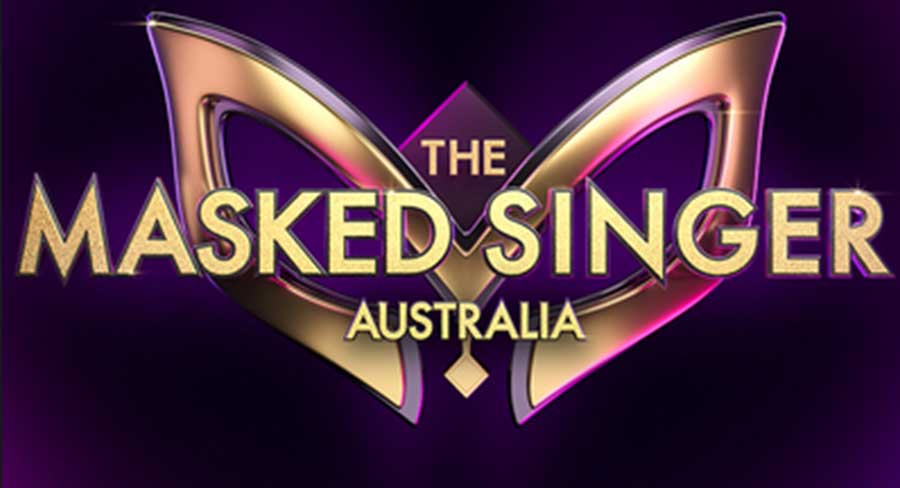Business of Media
Disney takes $5 billion hit but pandemic impact not as bad as feared
Walt Disney Co on Tuesday avoided the unmitigated disaster some investors feared as it eked out an adjusted profit amid the coronavirus pandemic that shut down parks, movie theatres and sporting events across the globe, reports Reuters.
The company took a nearly US$5 billion charge due to the pandemic and shifting media habits. COVID-19 wiped out $3.5 billion in operating profit in the parks division.
“The majority of businesses worldwide have experienced unprecedented disruption as a result of the pandemic,” Disney Chief Executive Bob Chapek told analysts. “Most of our businesses were shut down, and this had a huge impact.”
Investors overlooked total revenue that fell short of expectations by nearly $600 million and focused on divisions including parks and its media networks with revenue declines that were not as bad as expected.
The Disney+ streaming service, which had 60.5 million paying customers as of Monday, was a bright spot in the quarter, Chapek said. Disney had reported 54.5 million subscribers as of May 4.
“What we plan to do is invest even more in our content in order to keep that machine cranked and going,” he said.
Combined with Hulu and ESPN+, Disney has attracted more than 100 million streaming customers worldwide since launching its big streaming effort nine months ago. Netflix Inc, which got a head start in the market when it began streaming 13 years ago, boasts 193 million.
Jenny Morris: Aussie music ‘an untapped goldmine’
Australia has an untapped goldmine of music talent that could become a major export earner, bringing $7bn to the national economy, says singer-songwriter and music industry spokeswoman Jenny Morris, reports The Australian’s Andrew McMillen.
The international success of artists including Sia, Gotye, Tash Sultana and Vance Joy already is helping earn export revenue worth $195m annually, but Morris says the nation could be reaping so much more from its musical talent.

In an address to the National Press Club in Canberra on Wednesday, Morris said Australia could become a net exporter of music, and reverse the trend of Australians spending more on foreign artists than we sell to the world.
She set an ambitious target of Australia earning 5 per cent of projected global music industry revenue by 2030, or the equivalent of $US7bn a year.
“We need a clear vision, and I think that vision should be for Australia to become a net exporter of music,” said Morris, the chairwoman of industry body APRA AMCOS.
Digital revenue exceeds print for first time at New York Times Co
Over a three-month period dominated by the coronavirus pandemic and a slowdown in advertising, The New York Times Company for the first time reported quarterly revenue that owed more to digital products than to the print newspaper, reports the publisher.
As much of its staff worked remotely, The Times brought in $185.5 million in revenue for digital subscriptions and ads during the second quarter of 2020, the company announced on Wednesday. The number for print revenue was $175.4 million.
The company added 669,000 net new digital subscribers, making the second quarter its biggest ever for subscription growth. The Times has 6.5 million total subscriptions, a figure that includes 5.7 million digital-only subscriptions, putting it on a course to achieve its stated goal of 10 million subscriptions by 2025.
In a statement, Mark Thompson, the chief executive, called the company’s shift from print revenue to digital “a key milestone in the transformation of The New York Times.”
Podcasting
Newman, Sheahan, Scott apologise to Nicky Winmar after mediation
Sam Newman, Mike Sheahan and Don Scott have issued an apology to Nicky Winmar, reports News Corp’s Jackie Epstein.
Last month they settled during mediation over comments made by the trio on their controversial podcast, You Cannot Be Serious.
They agreed to a formal apology and a rumoured $100,00 settlement for questioning the intent of Winmar’s famous jumper lifting moment to take a stand against racism in 1993.
After working through finer details, the apology was read out by Sheahan on their behalf and published on podcasting platform Podbean on Wednesday.
“I am reading this on behalf of myself, Michael Sheahan, Sam Newman and Don Scott. During our 23 June 2020 podcast we talked about Nicky Winmar lifting his jumper and pointing to his skin at the end of the 1993 Collingwood and St Kilda match during which he had been racially abused.
“We acknowledge that what Nicky did was an act of Indigenous pride and defiance. It was also a powerful statement of solidarity for Indigenous Australians who are subjected to racism and vilification.
“Any suggestion otherwise was wrong. We have reflected deeply on the issues.”
After the fallout Sheahan quit the podcast, saying he had been shaken by the scrutiny.
See also: Podcast Week: Matt & Alex make a million, Trace returns, Racetrack Ralphy
News Brands
Journalists at risk of jail in contempt law overhaul
Journalists could be jailed for articles found to undermine public confidence in the courts or interfere with a person’s right to a fair trial, under new contempt of court laws proposed in Victoria, reports The Australian’s Nicola Berkovic.
The Media, Entertainment & Arts Alliance warned that “public-interest journalism must not be criminalised” and vowed to seek clarification on any proposed recommendations to ensure journalists were not jailed for “legitimately and ethically doing their jobs”.
A new contempt of court act would for the first time codify the law of contempt – developed by judges over many years – to make it clearer, so that people know what behaviour will be punished and what penalties they face.
Under the changes recommended by the Victoria Law Reform Commission, anyone “involved” with the commission of a contempt could be guilty of an offence.
Under the law reform commission’s proposed changes, the maximum jail term for the general category of contempt would be 10 years. Judges would be required to have regard to nine overarching principles, skewed heavily in favour of protecting the courts rather than free speech.
Quaden Bayles sues Miranda Devine for suggesting bullying was ‘scam’
A nine-year-old Indigenous boy with dwarfism is suing News Corp columnist Miranda Devine for defamation over tweets suggesting he pretended to be a victim of bullying in a viral online video, reports The Sydney Morning Herald’s Michaela Whitbourn.
Quaden Bayles‘ mother Yarraka filed Federal Court proceedings on July 31 on his behalf, and is also suing Devine and her employer in her own right.
At the centre of the defamation case is a February 21 tweet by Devine, a columnist at The Daily Telegraph in Sydney on secondment at The New York Post, and two replies on February 22.
In the initial tweet, Devine retweeted a post by American twitter user Paul A. Szypula, who has the username “Bubblebathgirl”. He alleged Quaden was an “Australian actor whose mom … posted a fake sobbing video of him” and “the MSM [mainstream media] and Hollywood fell for it and got him $300K+ in donations”.
In a comment above the retweet, Devine wrote: “That’s really rotten if this was a scam. Hurts genuine bullying victims. Over to @dailytelegraph.”
Quaden’s lawyers, Sydney barrister Sue Chrysanthou and law firm Centennial Lawyers, say the tweets defame him by suggesting he “dishonestly acted out being distressed in a video to obtain money from donors” and “dishonestly pretended to have been the victim of bullying, thereby hurting genuine victims of bullying”.
Pete Hamill, quintessential New York journalist, dies at 85
Pete Hamill, a streetwise son of Brooklyn who turned a gift for storytelling, a fascination with characters and a romance with tabloid newspapers into a storied career as a New York journalist, novelist and essayist for more than a half century, died on Wednesday in the borough of his birth. He was 85.
In another age, when the newsrooms of metropolitan dailies pulsed to the rising thunder of typewriters on deadline, Hamill, a high school dropout who was searching for a future after years of academic frustration, Navy life and graphic design work, walked into the city room of The New York Post in 1960, as he told it, and fell in love with newspapering.
Hamill became a celebrated reporter, columnist and the top editor of The New York Post and The Daily News; a foreign correspondent for The Post and The Saturday Evening Post; and a writer for New York Newsday, The Village Voice, Esquire and other publications. He wrote a score of books, mostly novels but also biographies, collections of short stories and essays, and screenplays, some adapted from his books.
He idolised Hemingway and covered wars in Vietnam, Nicaragua, Lebanon and Northern Ireland. He lived in Dublin, Barcelona, Mexico City, Saigon, San Juan, Rome and Tokyo. But his roots were in New York, where he pounded out stories about murders, strikes, the World Series, championship fights, jazz or politics, and then got drunk after work with buddies at the Lion’s Head in Greenwich Village.
Australian reporter’s hard-hitting Trump interview goes viral
It had all the withering satire of an ABC sketch featuring comedic duo John Clarke and Bryan Dawe, reports Farrah Tomazin for Nine newspapers from the US.
The musings of an American president struggling with the facts. The baffled expressions of an Australian journalist refusing to accept the spin. And all the subject matter you’d expect to find in a game of 2020 Nightmare Bingo: Global Pandemic! Sex Trafficking! Civil Uprisings!
Except this wasn’t satire at all, but a serious political interview with US President Donald Trump merely 91 days from one of the most consequential elections in US history.

To the credit of Axios reporter Jonathan Swan – a former scribe at The Age and The Sydney Morning Herald and the son of our own coronavirus guru and presenter of the ABC Health Report Dr Norman Swan – the 37-minute interview was an eye-opener from the start.
It began with Swan asking about Trump’s adherence to “positive thinking” and his tendency to believe something so much in the hope it will become true. In the absence of a clear strategy for COVID-19, which has so far killed more than 156,000 Americans, positive thinking alone simply hasn’t cut it.
Watch the complete interview on YouTube here. So far it has had over 9m views and climbing.
Publishing
New editor for Emprise Group’s Camper Australia
Experienced travel journalist and touring expert Glenn Marshall has been appointed as editor-at-large for Camper Australia.
Adventures Group Holdings (AGH), the publisher of Camper Australia announced the changes to the editorial team as part of the broader structural changes announced by the Emprise Group last month.
“Glenn brings with him decades of experience in the travel, touring and camper trailer content space and will become the face of our Camper business,” AGH general manager Chris Jefferson commented.
“We are excited to see where Glenn takes the award-winning brand which we know plays a significant role in inspiring travel and helping people choose the best Camper for them.”

Camper Australia is a multi-media brand which publishes a monthly magazine, digital media assets and a market leading app, CAMPERX.
AGH content director Tim van Duyl added, “Camper plays a vital role in connecting passionate consumers to manufacturers and destinations. Our role is to inspire consumers to participate in the lifestyle while at the same time guiding users to help them understand the various options available.
“Glenn’s role will be to guide the content team to ensure we get that balance right to engage with the marketplace while inspiring our readers with the best, most credible content available.”
Emprise Group Holdings is a media and marketing business specialising in the delivery of content and mapping for the outdoor/adventure travel sector. The Emprise business operates four key business streams across media (events, print & digital), mapping (GPS & printed maps and books), marketplaces and technology solutions.
The group operates a number of brands including; Hema Maps, Camper Australia, Caravan World, Trade-A-Boat, Trade RVs and Outdoor.
Television
Tim Chappel and a pink kitten are the real stars of The Masked Singer
Tim Chappel has a storied history of not only learning from his failures but turning them into humorous and often gravity-defying costumes, which, on one occasion, led to an Academy Award, reports The Sydney Morning Herald’s Samantha Selinger-Morris.
His iconic black and pink foam thong dress, for instance, worn by Hugo Weaving’s drag queen character in The Adventures of Priscilla, Queen of the Desert – for which Chappel, then 25, and co-costume designer Lizzy Gardiner, won an Oscar – was, for instance, first fashioned out of strung-together toast spread with vegemite.
With Chappel’s latest project, designing costumes for the second series of the reality show The Masked Singer, Chappel no longer needs to rely on prison labour, nor is he constrained by a miniscule budget, as he has been in the past. (The thong dress was made for $17 from thongs he bought on sale at Target, where his mother then worked.)
The conceit of The Masked Singer is that celebrities compete to be the best singer while wearing outlandish costumes, so the judging panel and audience who vote on their performances will base their verdicts on the contestant’s voice rather than on their (human) good looks.
“The costumes were a torture,” says Chappel of the first season’s creations. They included a pirate-outfitted prawn and a hot pants-wearing spider – and were underpinned by heavy “welded steel” frames.
“We [also] didn’t take into account how hot it would be on set, and that really affected everything; the foam would sag, the glue would melt, it was like the scarecrow from The Wizard Of Oz after a big dance party,” he says.
This season Chappel has punched discreet holes in the heads of the costumes (for better airflow) and used lighter carbon fibre frames.
